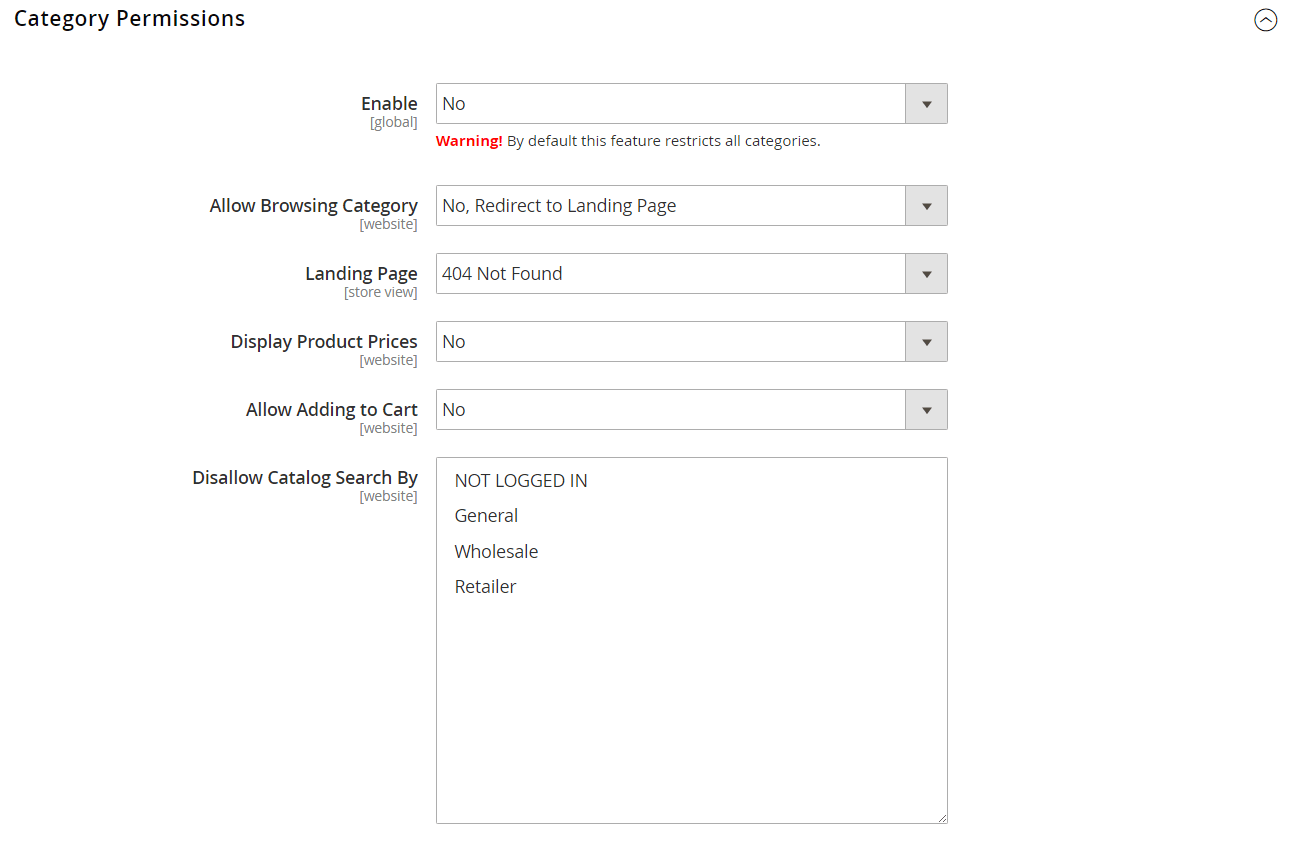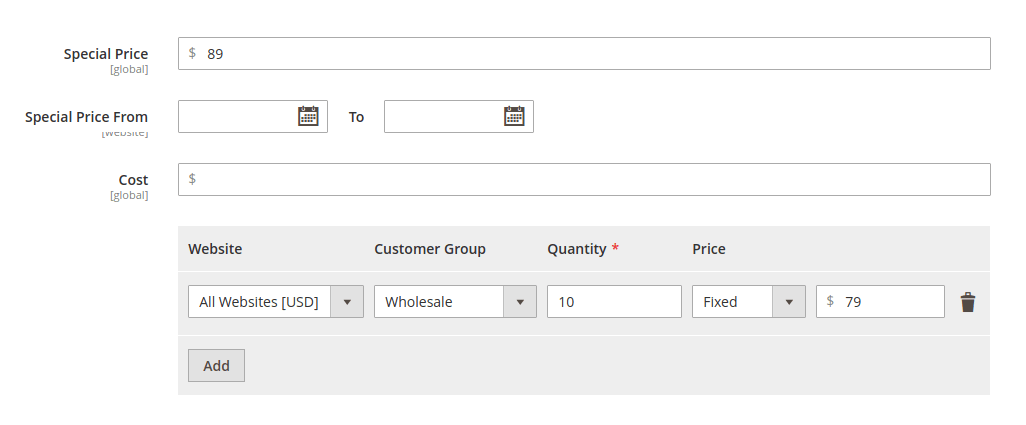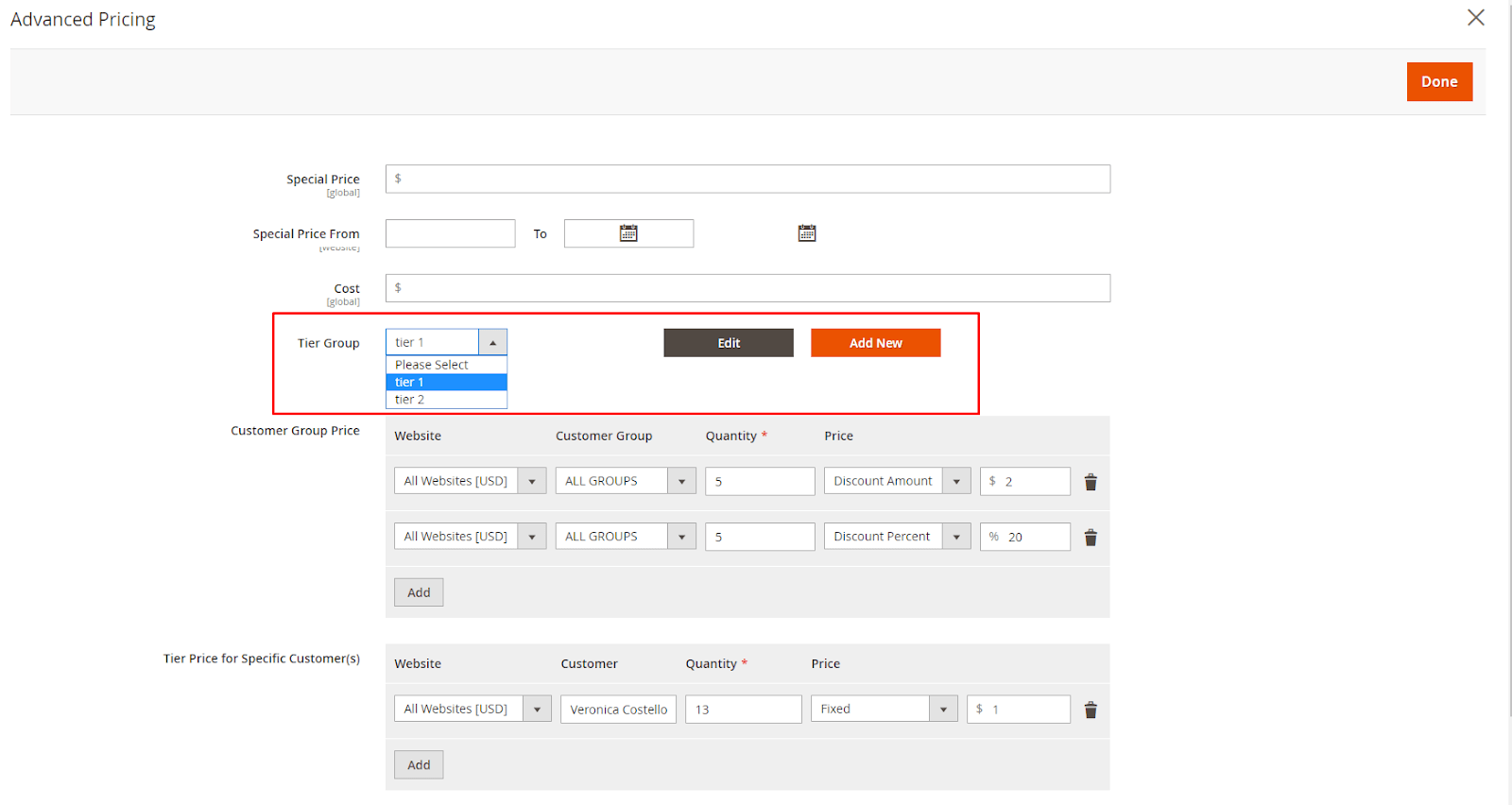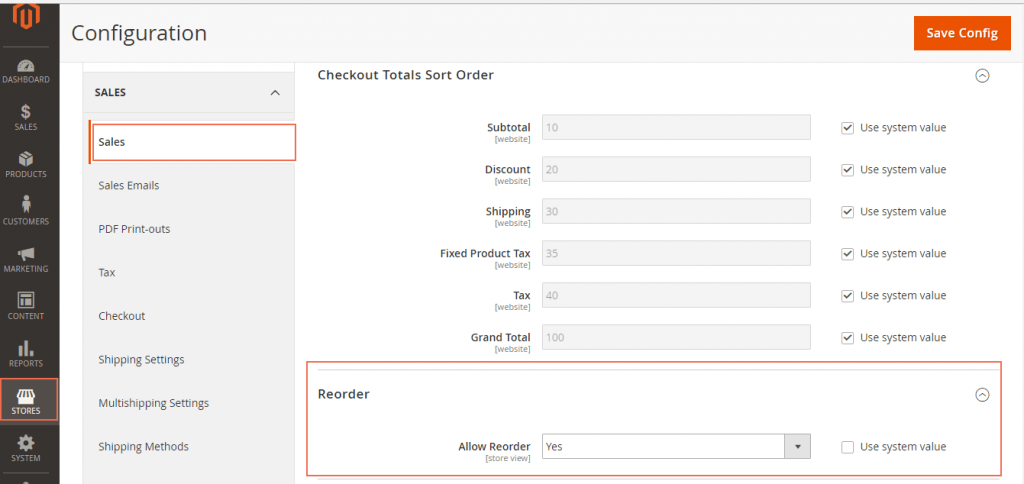B2B eCommerce Solutions: Implementing on Magento Platform
B2B platforms differ from B2C in their unique functionalities. Let's explore their distinct characteristics and check B2B Magento.
B2B stands for “Business-to-Business” and means trading between companies (unlike B2C, where companies sell to customers). It can be wholesaler-to-retailer, supplier-to-corporation, manufacturer-to-distributor operations, etc. Typically, the parties operate big volumes, maintain long-term relationships, and it affects the way such websites function. There is no huge difference compared to B2C sites — there are still product catalogs, orders, payment, and shipping, but the overall user experience is slightly different.
How B2B eCommerce Platforms differ from B2C
- 🔸 Access to the site. Usually, the buyer needs to register on the site and be approved by the administrator before he can access the site. Sometimes visitors can access the catalog but don’t see the prices, sometimes they are forced to sign in.
- 🔸 Prices. Often the prices are set for each buyer or buyer group separately – either on the product level or on the user level, or on both levels. For example, buyer A can order all products at 90% of the regular price and buyer B — at 95%, or some specific product can cost $40 for one buyer group and $50 for another one. Also, some product prices might be hidden or undefined and buyers would have to request a quote.
- 🔸 Quick Order. If you are a wholesale buyer and buy regularly, you may find it easier to be able to re-order the old orders, view all products on one page (instead of visiting multiple catalog/categories pages) and find them by SKU, edit the amount of each position in the offer quickly on one page.
Payments.Very often, the payments are processed outside of the site and payment statuses are updated by the administrator. Also there can be credit limits for buyers.
Shipping. Shipping terms can usually be negotiable and defined on the buyer level, and sometimes be product-specific (for example when large-sized items are sold and it requires an unusual shipping method).
How to Set Up a B2B Site With Magento 2 B2B Modules
In our opinion, Magento’s capabilities for B2B are largely overlooked. It has all the essential features to set up a B2B website with no need for complex coding, let’s see what’s in the box.
Private Sales
Private sales module allows you to restrict customers to certain areas of the site, show or hide prices, force users to register before viewing the site etc. It’s a built-in feature in Magento Enterprise and it also lets you create invitations for customers as well as events – a very flexible tool to offer time sales to privileged customers with a countdown ticker. It also allows you to show upcoming events (“Add to cart” buttons disabled in this case).
If you are not ready to go with Adobe Commerce then you’ll have to shell out a bit and get a third-party extension for private sales because Magento Open Source doesn’t have it. There is an option for that you might want to check private sales by AheadWorks($99)
Catalog and pricing
Most probably, you want to run two stores on one Magento instance — a retail and a wholesale website. Use a “Website” scope while configuring the stores in the backend and you will have all the freedom to have separate catalogs, pricing, payment, and shipping methods for both customer types.
As mentioned above, Adobe Commerce has category permissions in its default configuration.
Visibility of different products and prices can be managed with the use of Catalog Permissions ($99) or Customer Group Catalog< (€105) for example.
If you want to display pricing for everyone but show different numbers, you can use the Group Price feature — it’s default in Magento Open Source.
Volume-dependent pricing can be set up using the Tier Pricing feature (built-in).
Ordering
Since wholesale buyers, especially returning ones, usually know what stuff they need, they most probably know the specific SKUs too. To speed up the bulk ordering process, you can use a quick order extension. Unfortunately, it’s not a default feature, but nothing extraordinary, and is worth spending a few pennies on. Wholesale fast Order ($99) allows searching for products by either SKU or name, Quick Orders ($229) also allows importing products to a cart from a CSV.
One more third-party module Cart2Quote
allows wholesale customers to submit quote inquiries which can be turned into orders upon admin approval.
The reordering process is easily managed by the Re-Order option in the My Account section. You might want to make it stand out more and look like a call-to-action button but the mechanism comes out of the box.
Payment
Payment by invoice is a default (mercifully) Magento feature, too, called Check/Money Order — no need for any customization unless you’ve got some extended requirements.
Another payment option popular with B2B customers is credit limit. The idea is to configure how much a customer can spend on your site without paying the real money. You will need to add one more payment method because Magento CE doesn’t offer this feature, or use a ready extension like Customer Credit Limit by CedCommerce ($99).
Shipping
Since shipping should be very flexible it’s better to configure it on per custom or per product level. Extensions like Shipping per customer group (€145) or Shipping Rules (€95) may come in handy.
Conclusion: Implementing Magento B2B Features
As you might guess, we have successfully implemented many B2B Magento sites and would be happy to help you to make your own one, as well as with any other aspects of Magento web design and development.
Hunting for Magento development support?
We’ll be in touch soon if you leave your contact information



